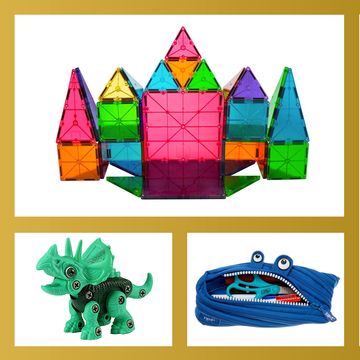10 Things We Want to Leave Behind in the 2010s
Imagine the next decade without Facebook, flat-Earthers, and exploding phones. We feel better already.
We’re not usually ones for New Year’s resolutions. But new decade resolutions? Okay, we can get behind that. Ten years seems like enough time to recognize the difference between just another annoying cultural fad that will fade on its own and something truly egregious that’s dug its heels into our collective consciousness. They say it takes 21 days to form a habit, but it sometimes takes society a good decade to make some really, really bad decisions. Here are 10 things we want to be done with as we head into the 2020s.
Science Denial
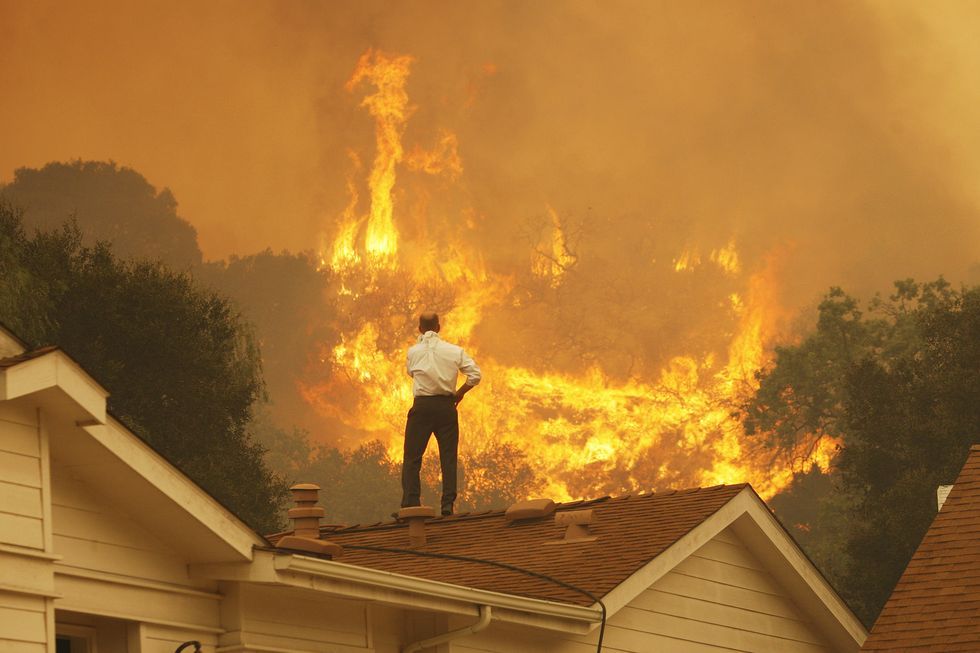
The most vexing thing about modern science denial is how mainstream it’s become. Ten years ago, the only reason you might encounter somebody who believed that medicine was poison and the Earth is flat as a pancake is if you stumbled onto his hermit hut while hiking in the woods. But thanks to the last decade, you probably have to brace yourself for Thanksgiving because your uncle is definitely going to bring up that all of those photos of Earth were faked by NASA. It’s an unsettling moment when you realize that you’re the Galileo in your family dynamics.
Flat-earthers, anti-vaxxers, climate change deniers … oh my. There are a lot of theories about how these anti-science conspiracies became weirdly popular over the last 10 years. Maybe it’s social media, or maybe it’s YouTube’s fault. But the big question isn’t so much how we got here. It’s how can we get through Thanksgiving without telling that certain relative who wants to explain why vaccines are a plot by the government to just pass the damn sweet potatoes?
The real frustration in arguing with an anti-science proponent is accepting that an otherwise rational human being in 2019 could still be confused about any of this.“That’s a hard thing for me to even start talking about because there are so many proofs that the Earth is round, it’s difficult to know where to start,” NASA astronomer Michelle Thaller said in an interview about flat-earthers. “And it’s not okay to think that the Earth is flat. This is not a viable argument.”
It’s just getting worse. Earlier this month, the Ohio state House of Representatives passed the Student Religious Liberties Act, which essentially lets students give wrong answers on science tests if the facts don’t jibe with their religious beliefs. Which is astonishing. If we keep heading in this direction—and we’re hoping Ohio isn’t a harbinger of things to come—the entirety of human knowledge can be disproved with “We’ll just have to agree to disagree.”
Our opinions on the matter were expressed pretty brilliantly by comedian Michelle Wolf when she tweeted, “You know, in high school if you didn’t believe in science it was just called failing.”
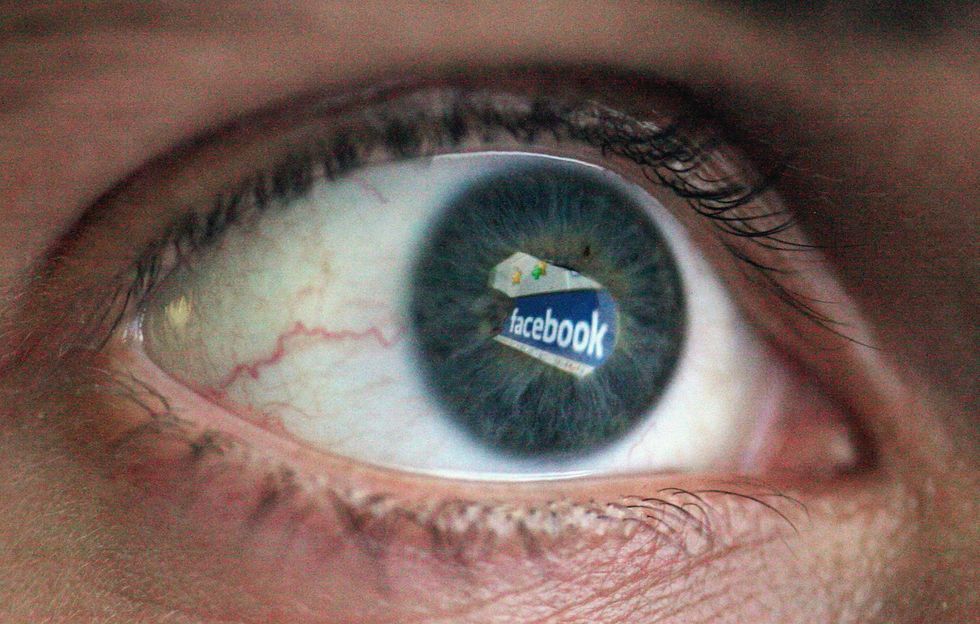
It’s difficult to even argue against Facebook anymore because it's awful on so many different levels. It’d be like if smoking cigarettes didn’t just give you cancer, but also stole all of your personal information and filled your head with fake news paid for by a hostile foreign government. But we were all still like, “Yeah, I know I should quit. I’m going to try for real next month.”
Facebook’s hypnotic control over us is truly remarkable. And it’s not like we’re only just learning that Facebook is doing damage. We’ve known for at least a decade, and study after study after study confirms that it’s making us lonelier and more depressed. Even Facebook admits it.
But what’s more enraging than Facebook is anti-Facebook rage. Aren’t we all bored yet with listening to each other grumble about how Facebook is the devil? Mark Zuckerberg doesn’t even have to try anymore not to look like the face of evil. He shows up at Congressional hearings looking like one of the dead-eyed CGI characters from The Polar Express, and the entire world agrees, “Yep, Facebook is the worst.” And then we go right back to using Facebook.
Sex Robot Handwringing
When engineer Douglas Hines introduced the world to Roxxxy, the world’s first sex robot, at the 2010 Adult Entertainment Expo in Las Vegas, most of us thought the same thing: “Dude, that’s just a $7,000 sex doll.” Sure, it could have pre-programmed conversations about football, if that’s your kink, but nothing else about it seemed even remotely robotic. In the evolution of sex robot technology, we were clearly still at the Wright Brothers flying a kite stage. Not all that much has changed since then.
Harmony, a $10,000 sex robot sold by California-based Realbotix since 2017, is the most advanced sex robot technology on the market, and it’s basically just Siri with breasts. Oh, and you get to pick her hair color and nipple type, which is creepy but, again, not necessarily what separates a sex doll from an actual functioning robot.
Sex robots aren’t here yet. We’re not even close. But that hasn’t stopped the anguished op-eds about how sex robots are a gateway to sexual anarchy. They’ve warned us that sex robots could be hacked to murder us, and make it okay to hurt other people and objectify women. Sex robots are a disruptive technology with a dark side that are more dangerous than you think and will probably crush our delicate human parts during “frenzied lovemaking sessions”!
You know what it’s like? It’s like if a fish shop in the Middle East started putting googly eyes on dead fish, and people were like, “Oh my god, those fish are alive!” And the shopkeepers were like, “No, we just put googly eyes on them to make them seem fresher.” And customers were like, “They’re practically alive! Can I take one home as a pet?” And the shopkeepers were like, “Um ... okay. How’s $7,000?” And the customer was like, “Deal! Wait, this fish isn’t going to murder me while I sleep, will it?”
The sex robots of the 2010s are dead fish with googly eyes.
Tech That Catches on Fire

Half a million hoverboards were recalled by the Consumer Product Safety Commission after almost 100 reports of the Back to the Future-inspired close-enough-to-hovering scooters spontaneously burst into flames. The Samsung Galaxy Note 7 was banned from all airplanes by the Department of Transportation in 2016—regardless of whether they were turned on or off—because the devices were catching fire, even forcing one Southwest Airlines flight to evacuate. And those are just the two most glaring examples.
As the Washington Post reported in 2018, all across the globe, “garbage trucks and recycling centers are going up in flames.” Electronics made by companies from Apple to Samsung were combusting with more regularity than a Spinal Tap drummer. And most of the fires were caused by lithium-ion batteries, designed to deliver high output with minimal weight, and also to cause what the industry has delicately described as a “thermal event.” Which is the exploding tech equivalent of “conscious uncoupling.” No, you had a divorce, and my smartphone blew the f*** up in my hands.
Death by Selfie

It’s kind of ironic that a person’s fascination with preserving their own reflection so often results in putting themselves in situations that accelerates their demise. Selfies aren’t safe, or at least not anymore. A study published last year in the Journal of Family Medicine and Primary Care found that 259 people died in 137 selfie-related accidents between 2011 and 2017. But that number has increased exponentially year by year. Back in 2011, only three people globally died while taking selfies. In 2017, it was around 100.
We now live in a world where falling off a cliff to your doom is culturally acceptable as long as you do it with duck lips. We’re actually running out of original ways to die while immortalizing ourselves with a selfie nobody asked for. People have been hit by trains and trampled by elephants, fallen into rivers and tumbled into zoo enclosures, been hit by lightning, drowned, accidentally shot themselves, been gored by bison, and electrocuted. All for the glory of being included in think pieces about how “selfitis” is causing more Americans to commit “selficide" in pursuit of the perfect “killfie.”
Too Many Streaming Services
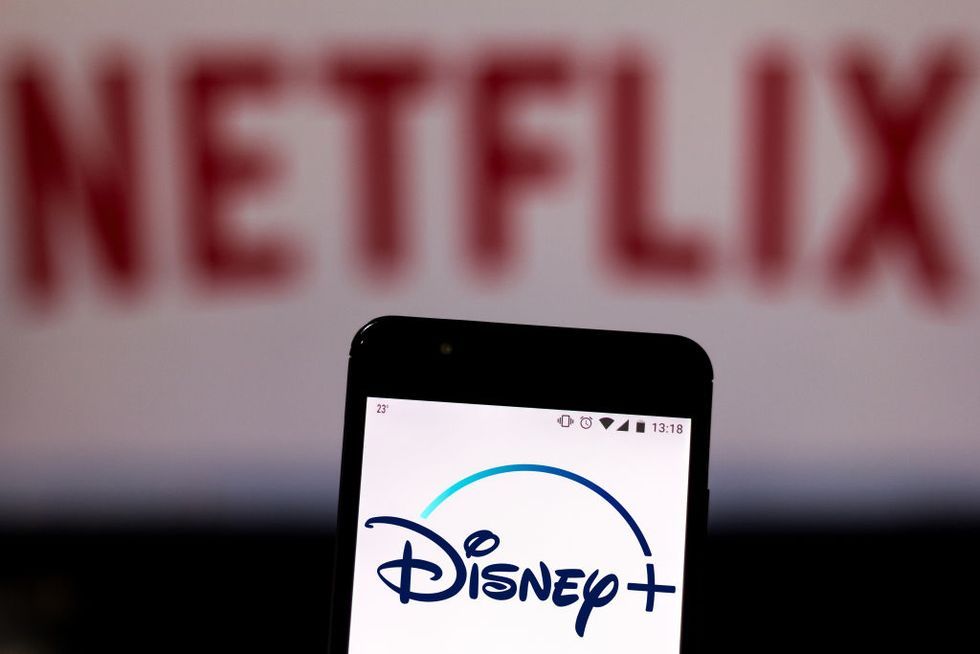
It started with Netflix-and-chill but it’s become Netflix, Apple TV+, Disney+, Hulu, Sling, Amazon Prime, Philo, ESPN+, The Movie Network Go, CBS All Access, HBO Now, Lifetime Movie Club, FX+, History Vault, fuboTV, and honestly who has time to chill anymore?
Ten years ago, there were just the big three of streaming: Netflix, Hulu, and YouTube. And they weren’t exactly battling it out for the nation’s attention. Netflix originally offered a $5.99 plan for six hours of streaming content. Today, that’d barely get you through the first season of BoJack Horseman. Now we have over 100 streaming services. And they all come with a subscription cost. It begins to add up—MarketWatch created a calculator to help you figure out how much you’re paying, and whether you have anything left for food.
Seventy percent of streaming customers think there are too many options, according to a new study by data analytics firm UTA IQ. And 87 percent of them have misgivings about what all of this is going to cost. Especially with more streaming services launching in the coming years, and all of them hoarding their content behind paywalls. It really does feel like the binge-watching of the last decade will become binge-searching for which freaking streaming service has the rights to Blade Runner now.
Robocalls
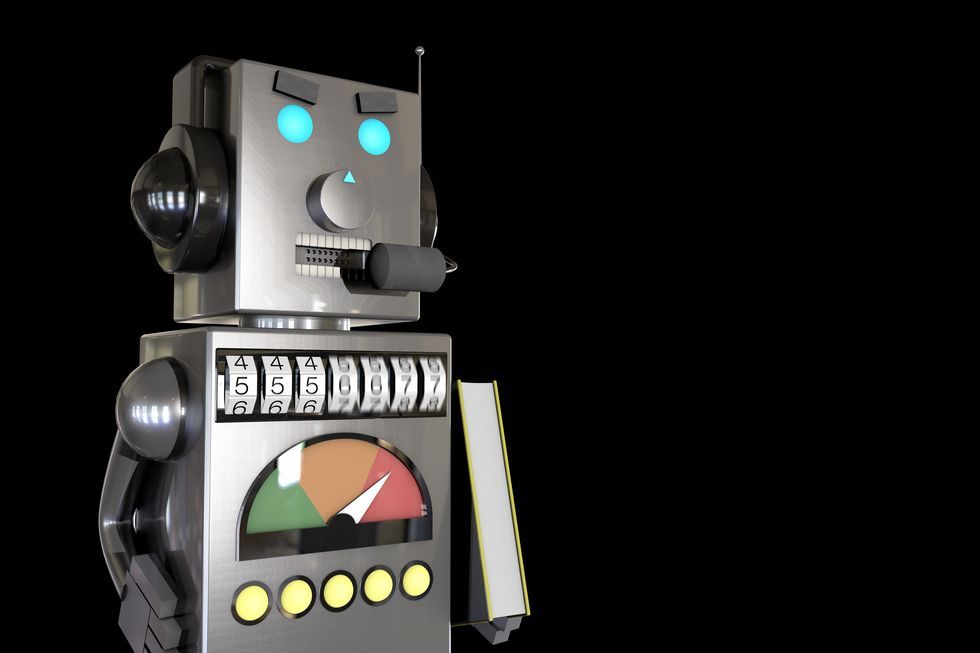
“If there is one thing in our country right now that unites Republicans and Democrats, liberals and conservatives, socialists and libertarians, vegetarians and carnivores, Ohio State and Michigan fans, it is that they are sick and tired of being bombarded by unwanted robocalls,” FCC chairman Ajit Pai said in a statement last summer. That’s not hyperbole. So how could something that people hate this intensely and universally remain such an unshakable scourge?
There have been attempts to quash it, like the Reverse Robocall campaign of 2011, where irate robocalls victims got to turn the tables and send pre-recorded messages back to robocallers, and a 2015 Federal Trade Commission initiative called “Robocall Challenges”, where the agency offered cash prizes for the best robocall deterrents. It gave us cool-sounding apps like RoboKiller and Nomorobo. Spoiler alert: None of it worked. Robocalls haven’t even slowed down.
There were 47.8 billion robocalls made in the U.S. last year, a 56.8 percent increase from 2017, according to blocking service YouMail. That equates to 146 robocalls for every man, woman, and child in the U.S. Yes, including babies. They can’t even talk yet and they’re dealing with robocalls! There have been hopeful signs in recent months that robocalls might finally be on the brink of extinction. But we’ve been down this road before, and every time it seems like the end, robocalls go all Obi Wan Kenobi on us. If we strike them down, they just become more powerful than we could possibly imagine.
Reboots
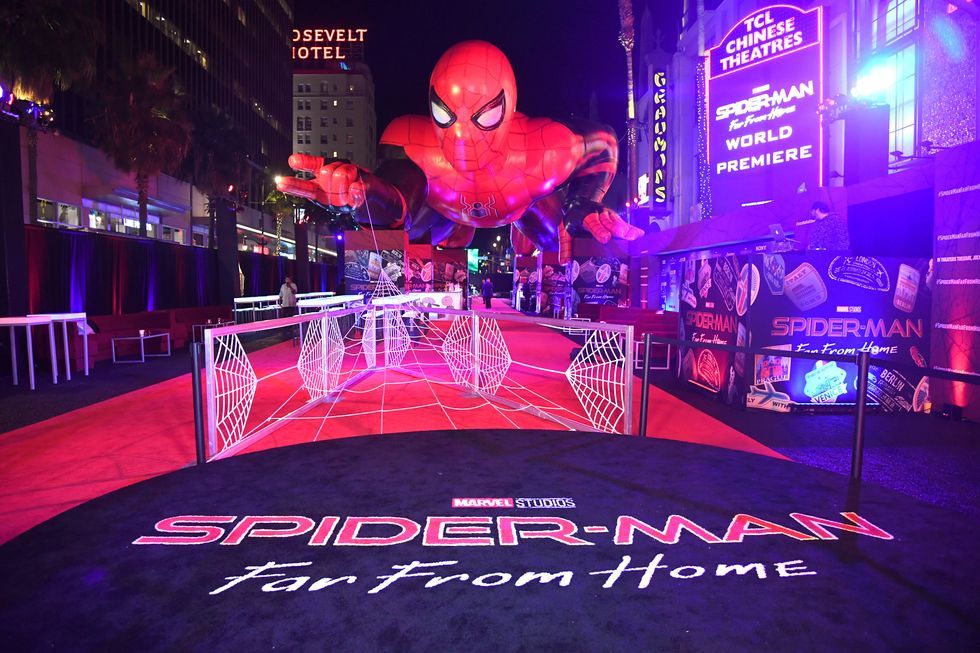
We’re not going to pull a Martin Scorsese and bad-mouth superhero movies. We love superhero movies. But what’s more troubling than the dominance of flicks about spaceships and flying mutants in the 2010s is that the vast majority of these spaceships and flying mutants aren’t recent inventions. They’re reboots. You could of course make an argument that there was plenty of original and engaging cinema over the last decade, but the movies that most often captured the culture’s attention, and their box office dollars, were reboots that revisited the characters or fictional universes we’ve been revisiting again and again and again.
Just glance at the top movie blockbusters of the last 10 years. All but one in the top 30 is a reboot. Frozen stands alone at number 13 as the sole original cast of characters. But otherwise, it’s just a sea of lightsabers, wizard wands, overly familiar dinosaurs , and superheroes from the 20th century. And before you say “Well, it’s always been that way,” check out the top blockbusters from the 1990s. Other than a Star Wars prequel, the top 20 is all original storytelling. Independence Day wasn’t based on an old DC comic from the 1950s, Titanic wasn’t a live action version of an old Disney classic, and The Sixth Sense isn’t a remake of an old Jimmy Stewart movie from 50 years ago.
Scorsese was right about one thing: “Cinema is an art form that brings you the unexpected.” Remember when you went to the movies and saw Darth Vader for the first time and were like, “Who the hell is that?” We need more of that, please.
Internet Challenges
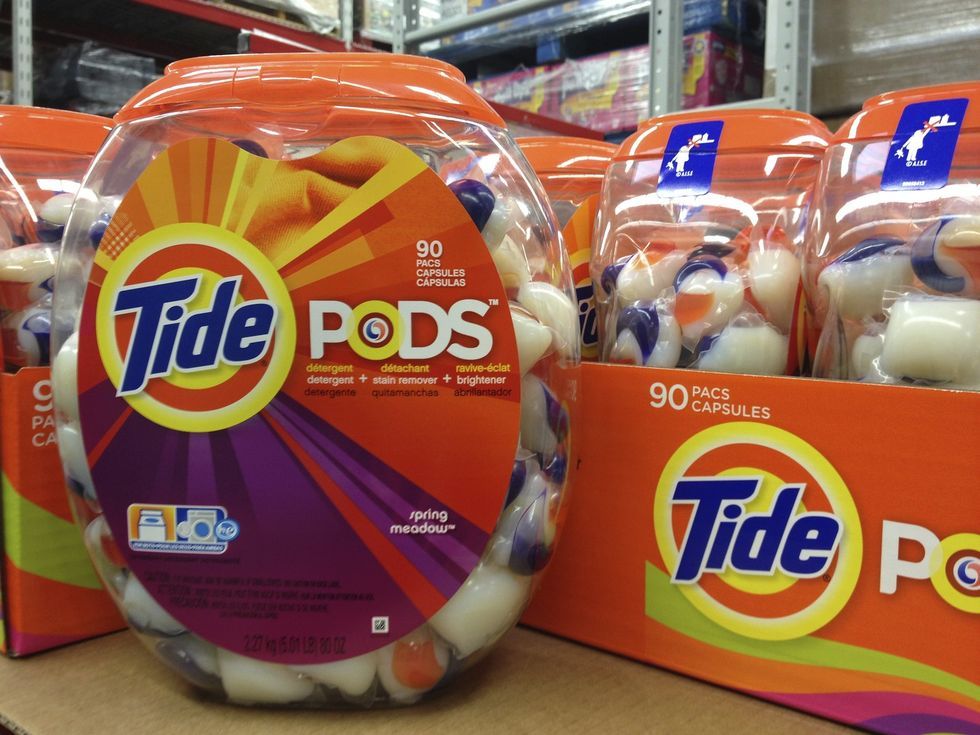
We have no beef with the Ice Bucket Challenge. It was goofy, harmless fun, and managed to do something positive for the world, raising $115 million for ALS research. But not all online challenges over the last 10 years have been so well-intentioned. In fact, most of them felt like if the kid in A Christmas Story who triple-dog-dared a classmate to stick his tongue on an icy pole grew up to become a sociopath with far too much free time.
Some of it was just stupid—like deliberately dropping gallons of milk in grocery stores—but most of the internet challenges of the 2010s were cringingly sadistic, so clearly designed specifically to do the maximum amount of harm. How else to explain the setting yourself on fire challenge or the Tide Pod challenge or eating corn on a power drill until your front teeth get brutally ripped out challenge?
These aren’t trials of will and endurance meant to test your mettle. They’re the modern day damnatio ad bestias. The only difference between Christians being devoured by lions in a Roman Coliseum and car surfing is that the guy who died while trying to stand on a moving vehicle volunteered to be sacrificial entertainment.
Airline Rage

Have people always behaved this terribly on airplanes? We know it’s been a long time since passengers dressed up to fly and dined on delicious catered meals. But it seems like only recently that everyone on a plane acts like they’re on day nine of Burning Man. Their smelly feet come out, they have zero sense of personal boundaries, and they just generally behave like underslept toddlers.
According to the International Air Transport Association, a global trade group representing 290 airlines, unruly passengers have become a “significant problem” over the past decade. In 2017, there was one jerkface passenger for every 1,053 flights, a 35 percent increase from the year before. Last year, Expedia released a helpful survey breaking down all the ways that our fellow passengers are tools, with seat kicker/bumper/grabber (51 percent) and aromatic passenger (43 percent) at the top. This isn’t all that bad, especially if you’re a fan of the Passenger Shaming Instagram Account and you know that it can always be much, much worse.
Part of the problem may be class warfare. No, seriously. A 2016 study published by Proceedings of the National Academy of Sciences of the United States found that when economy passengers are forced to walk through first class and witness firsthand all the perks they weren’t enjoying, they were 2.18 times more likely to make a spectacle. But if they boarded in the middle and were blissfully unaware of their lack of legroom or free booze, it was the first-class passengers who acted like entitled jerks, 11.86 times more likely to act out than if they boarded from the middle and didn't get their “let them eat cake” moment with the commoners.
Airlines could always just start following the lead of U.K.-based Jet2, which recently charged a passenger $106,000 for freaking out during a flight and trying to open the plane doors. If screaming “I’m going to kill everyone” is worth six figures, then surely airing out your underwear should get you at least a $20,000 fine.

The Best Natural Fabrics for Base Layers

Watch a Master Craftsman Create a Ship in a Bottle

The 8 Best Rubik’s Cubes for Fun and Frustration
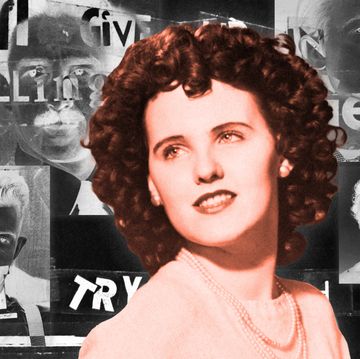
Could New Evidence Revive the Black Dahlia Case?




